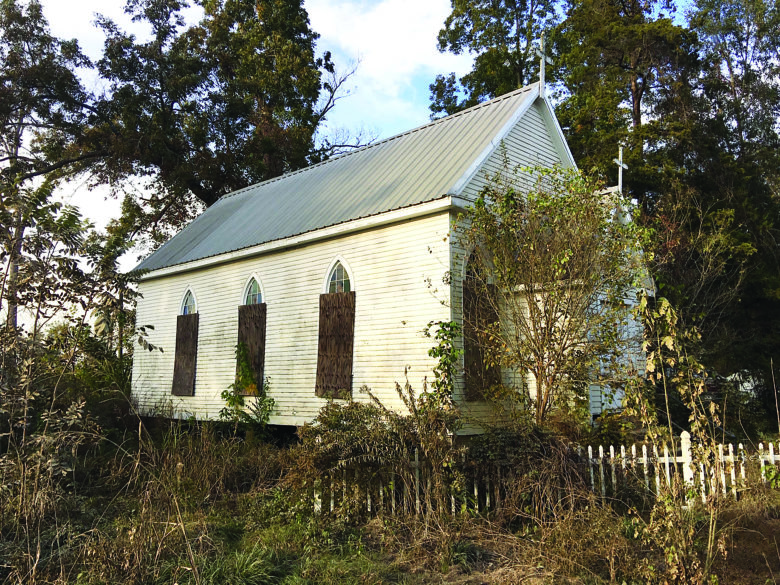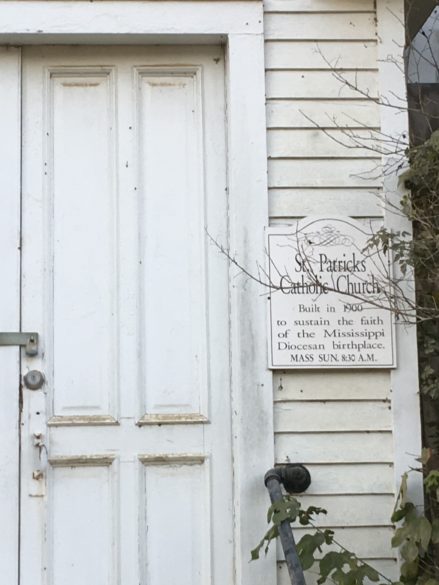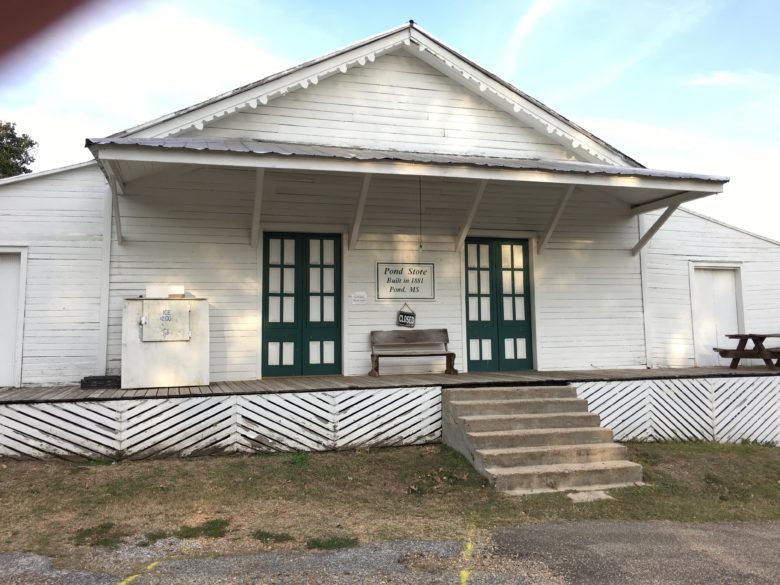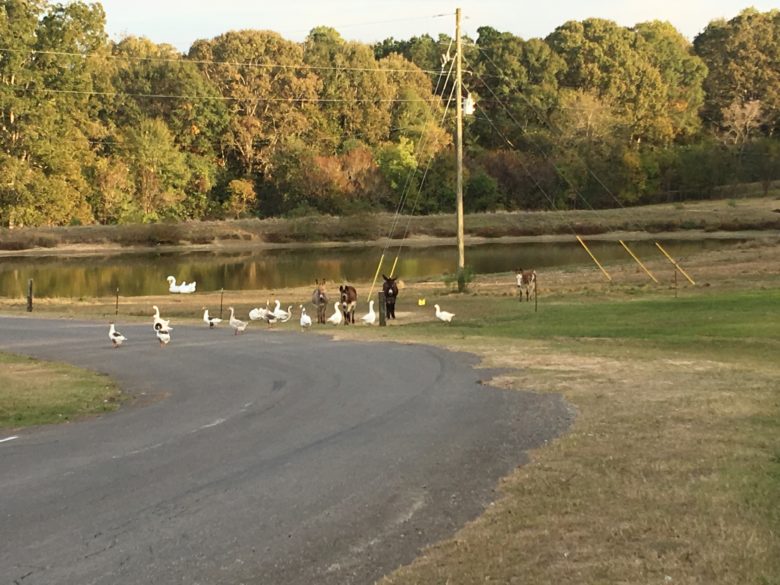From the Archives
By Mary Woodward
JACKSON – Possibly a little-known fact by most of us is this Easter is the 340th anniversary of the first Mass celebrated on Mississippi soil. In the southwest corner of the State of Mississippi in Wilkinson County, there exists a very important site of church and American history.
On Easter Sunday in 1682, Father Zenobius Membre, an Order of the Friars Minor Recollect priest, celebrated Easter Mass on the bluff above the river near present day Fort Adams as part of Sieur Robert Cavelier de LaSalle’s expedition down the river from Montreal to its mouth.
Although this is the first documented Mass in the area, there is much evidence that the Hernando deSoto expedition in 1540 would have had Masses celebrated in what is now southern Alabama. It is believed by the time the expedition reached the Mississippi, where deSoto died of a mosquito born illness in 1842 near present day Ferriday, Louisiana, the priests travelling with him would have run out of the wine needed for Mass.
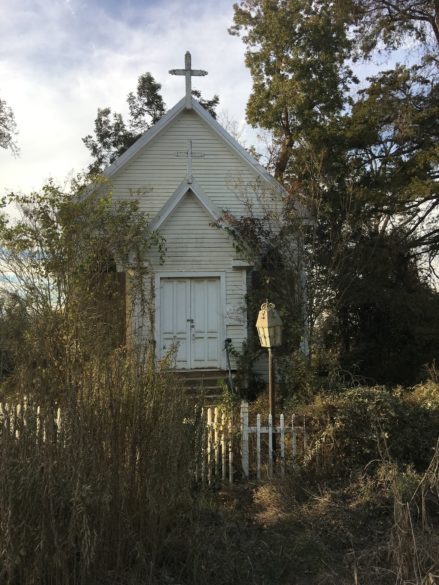
After de LaSalle claimed the territory along the entire river for France and named it Louisiana, the Bishop of Quebec sent missionary priests down the river to evangelize the various tribes of indigenous people. Father Antione Davion was one of these missionaries, who came to the area around 1698 and established a small mission near the site of what is now Fort Adams. He built a small church on the bluff, which became known as La Roche a Davion, and ministered there until he left the mission in 1720.
In 1795, after the Revolutionary War, the United States signed the Treaty of San Lorenzo with Spain, establishing the boundary between Spanish West Florida and the U.S. at Latitude 31 N, a short distance south of Roche Davion. Because of its strategic location on the river, the site became the last military outpost before French territory and served as the port of entry for the United States. The name was then changed to Fort Adams after the President John Adams who was in office at that time.
It is here that in 1801, the Choctaws signed the Treaty of Fort Adams ceding more than 2.6 million acres of Choctaw land to the U.S. When the Louisiana Purchase occurred in 1803, the more than 500 troops on site were moved to New Orleans, but Fort Adams continued to function as a post until the War of 1812.
With time and the river’s changing course, Fort Adams population dwindled as happens in many cases. Those who remained eventually saw the building of a small church dedicated to St. Patrick on the town’s main square in 1900. The church, along with St. Joseph Church built in 1873 were serviced by priests from Natchez mostly until 1940, when St. Joseph was established as a parish again.
Nowadays, Fort Adams has become largely a hunting and fishing camp with only a few houses and two churches remaining, including St. Patrick. Although, the river is now distant from the town, it often visits after a few heavy rains and floods most of the area including the small church, which a few years ago was given to a group of local parishioners devoted to saving the church building. Mass is no longer celebrated there and most of the sacred items are stored safely in higher ground.
On a visit to Woodville and Fort Adams a few years ago, I was given a tour of the area by my dear cousin, Shep Crawford, local lawyer and judge, who has lived in Wilkinson County near Woodville for many years. Shep and I toured Fort Adams on a dry day and were able to see St. Patrick and the almost permanent water line four feet up on the church exterior wall. Pontoons boats were parked on the land adjacent to it. Residents of the area live up on the hillsides that once looked out of the “father of waters.”
We then made our way around to the small hamlet of Pond, which is named so because there is a pond in the middle of it. It includes a small general store and post office and a couple of cabins overlooking the pond.
I have often wanted to return to Pond and one of its cabins to spend a few days steeped in the history of the area. But I also remember Shep casually stating, as we stopped and looked down a road headed south, that 20 minutes down this scenic highway was Angola State Prison. So that was a reality check.
The entire town of Fort Adams was named to the 2021 Ten Most Endangered Places in Mississippi by the Mississippi Heritage Trust. It is recognized for its once pivotal role in the development of borders among nations as our country and state grew into existence.
So, on this Easter Sunday, imagine back 340 years and a missionary journey that brought the sacred mysteries to a small corner of God’s Kingdom. The history is there, and the spirits of the past linger as an inspiration of commitment and dedication to our Catholic Faith. We give thanks to Almighty God for them.
I credit the Heritage Trust website for historical information included in this article. You can learn more about the 10 most endangered places at https://www.10mostms.com/.
(Mary Woodward is Chancellor and Archivist for the Diocese of Jackson.)
